Let’s recap in a single video all the tools we need to be able to verify whether the gold or precious metals we own are authentic or not. The instruments that involve destructive tests of the product or that have excessively high purchase prices are not reported.
These instruments are mostly suitable for testing precious metals in the form of coins, blistered bars or bare bars. However, with a little ingenuity it is also possible to verify metals in other types of formats.
👉 Read also: Test to Check Investment Gold and Silver 🎬
Non-promotional purpose:
The recommended products and the links to purchase them have not been inserted in order to bring a profit to the owner of this platform. They serve exclusively to facilitate the reader’s purchase, the latter is however completely free not to purchase them or to purchase a different type or brand.
Video contents
- (00:00) Introduction
- (01:35) Caliper
- (04:15) Balance & Scale
- (08:08) Coin clamp & Precious Coin Tester app
- (09:15) Coin tester (Fisher)
- (10:28) Magnifying glass
- (11:25) Magnets
- (13:45) Ultrasonic tester
- (14:28) Miscellaneous documentation
- (15:39) Tools I’ve excluded
Textual contents
#1. Caliper 📏
The caliper is a measuring instrument that allows you to accurately detect the dimensions of an object, such as thickness, diameter and depth. Thanks to its graduated scale and, in the most advanced models, the digital display, it allows you to obtain extremely accurate results.
Recommended products:
- Caliper: 0,1 – 150 mm (8€, Amazon)
- Caliper: 0,01 – 150 mm (30€, Amazon)
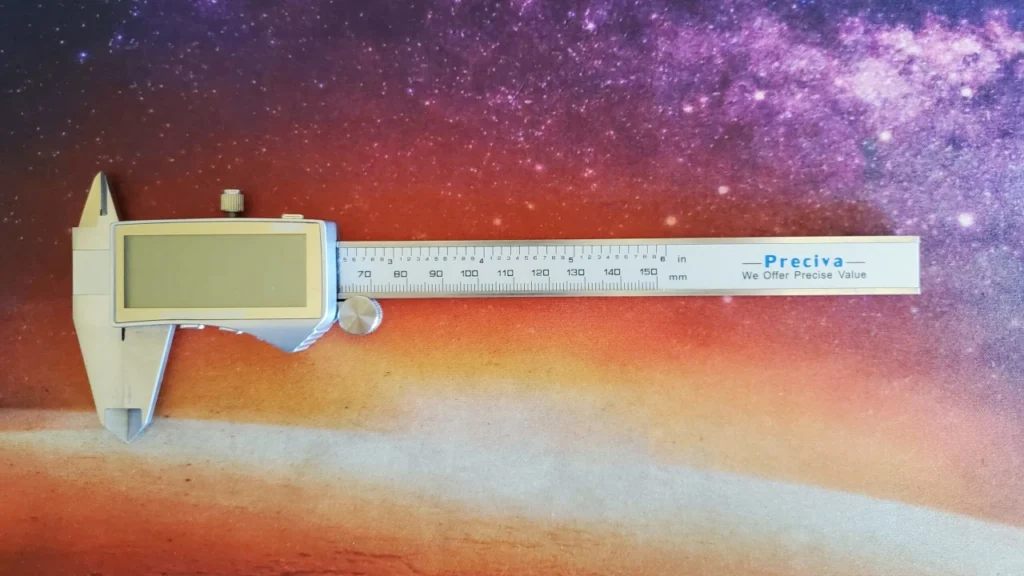
Beak extensions and anti-scratch shims
They are used to measure the thickness of objects that have concavities or to avoid direct contact between the metal of the gauge and that of the coin.
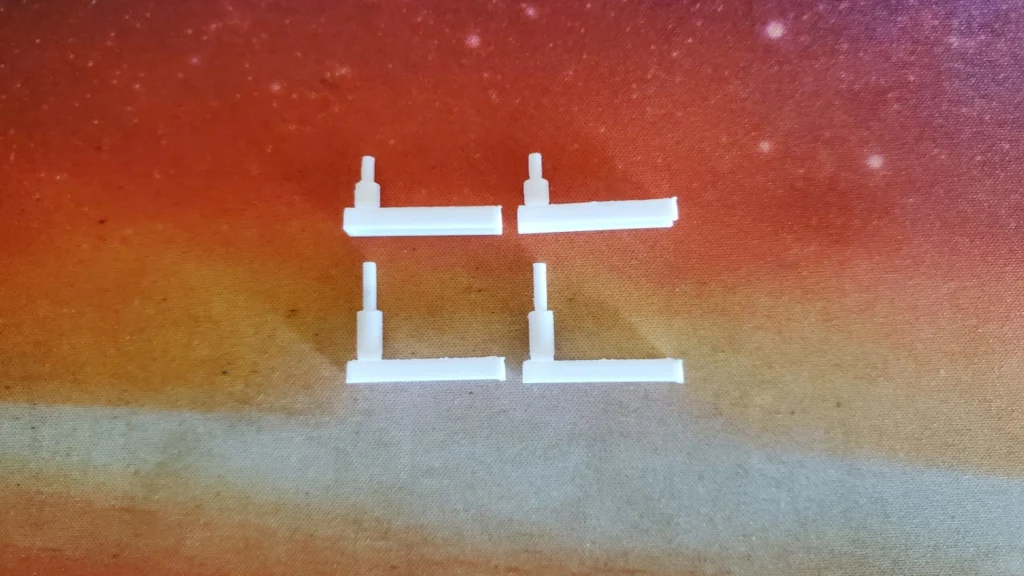
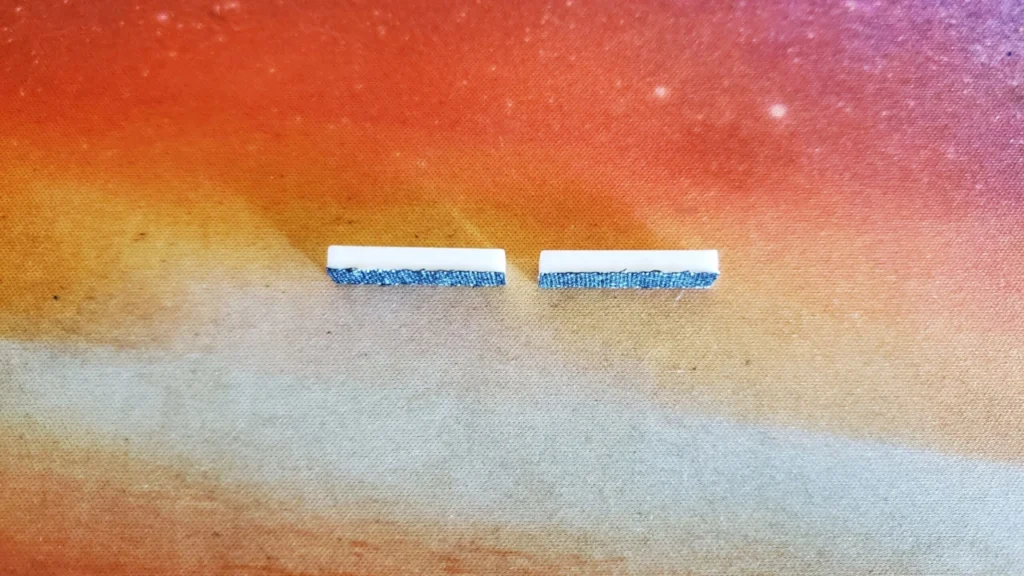
#2. Precision scale 📟
The precision balance is used to measure the mass of small objects and diamagnetism. To measure mass, an accuracy of 0.01 g is sufficient, while to measure diamagnetism, an accuracy of at least 0.001 g is recommended. Thanks to its sensitivity, it allows you to detect even minimal changes in weight.
Recommended products:
- Precision scale: 0,001 – 100 g (30€, Amazon)
- Precision scale: 0,01 – 300 g (15€, Amazon)
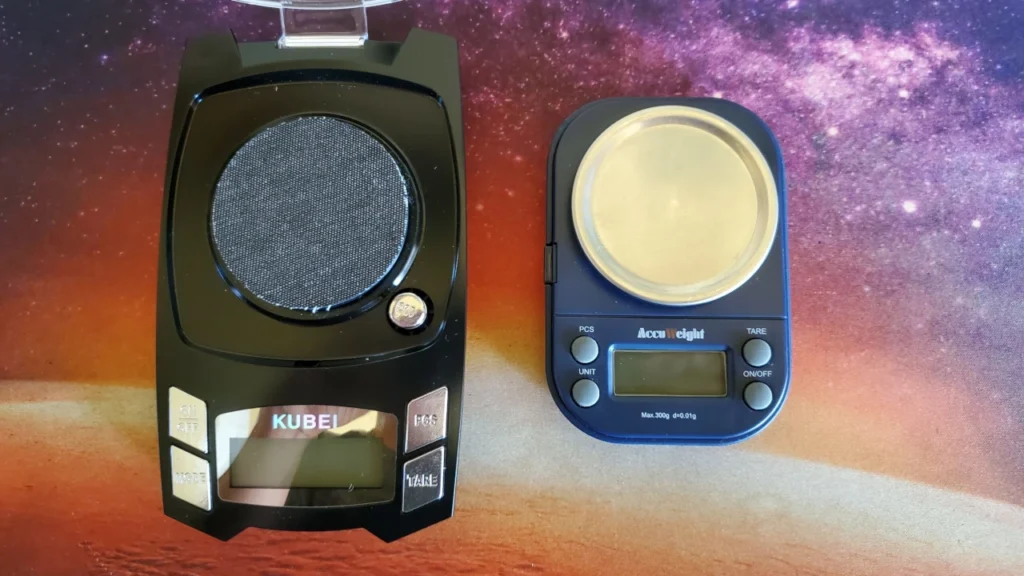
High capacity precision scale
However, if the mass to be measured is a large object or an ingot, we will need a high-capacity precision balance. A sensitivity of at least 0.1 g is recommended to ensure accurate measurements. The minimum recommended capacity is 1-3 kg, making it suitable for masses of a certain size.
Recommended products:
- Precision scale: 0,1 g – 3 kg (17€, Amazon)
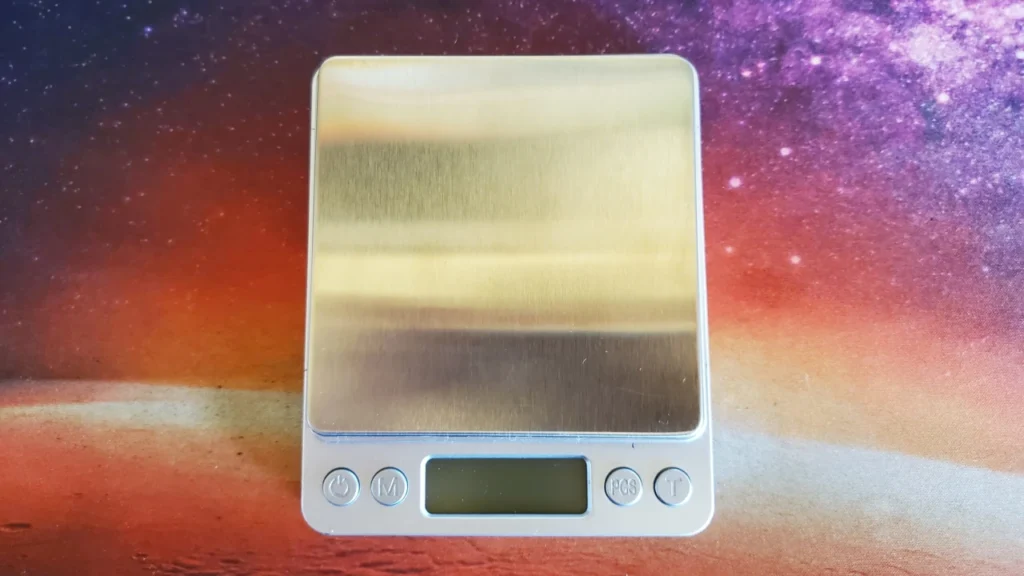
#4. Coin clamper 🧷
Coin tongs are used to determine the alloy that coins and bars are made of. This tool allows you to analyze the metal composition quickly and non-destructively.
If you do not have tongs, you can rest the object on the protruding bone of the thumb in order to find a good balance by resting on the smallest possible space.
Recommended products:
- The Pocket Pinger (30€, coinpingtest.com)
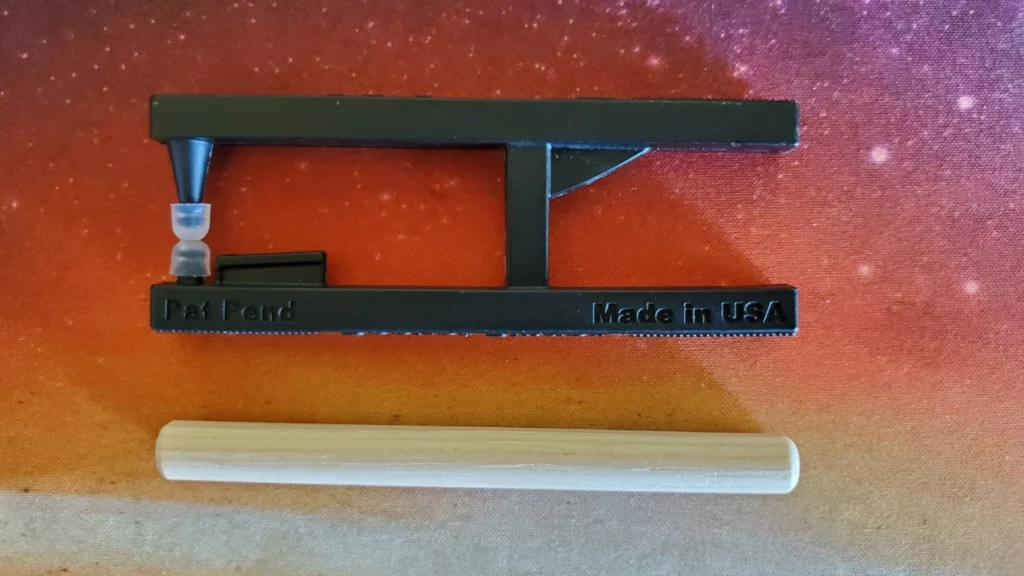
#5. Sound analysis app 🎶
The sound analysis app is used to verify the authenticity of coins or bars based on the sound they emit. It analyzes the sound frequencies produced by the metal to detect any anomalies. Thanks to its precision, it allows for a quick and non-invasive check.
Recommended products:
- Precious Coin Tester (3€/month)
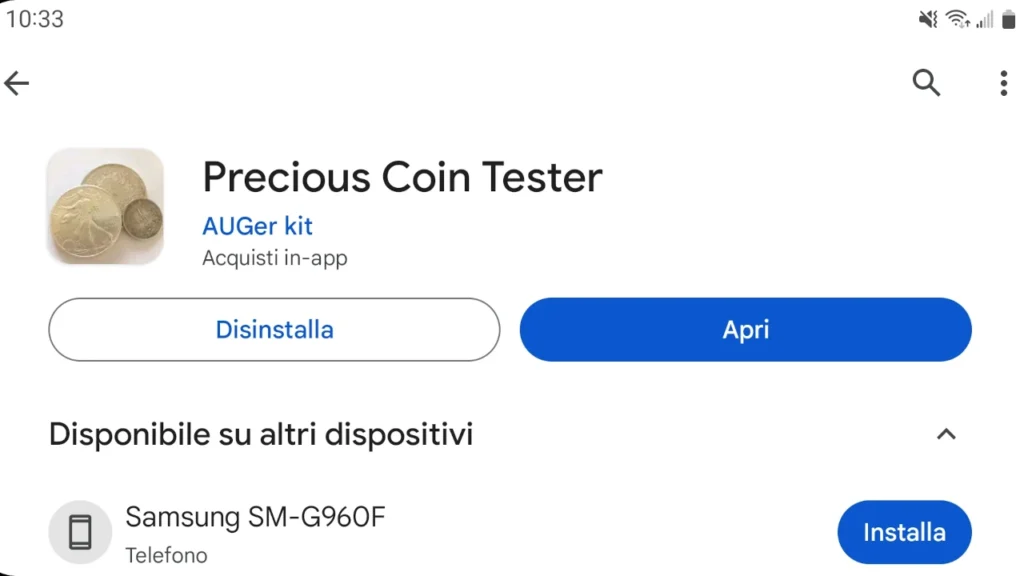
#6. Magnifying glass 🔍
The magnifying glass is used to read small writing and observe minute details. Thanks to the optical magnification, it facilitates the analysis of surfaces and engravings. It is an essential tool for those who need visual precision.
Recommended products:
- Multi-magnifying glass with light 30x, 60x, 90x (13€, Amazon)
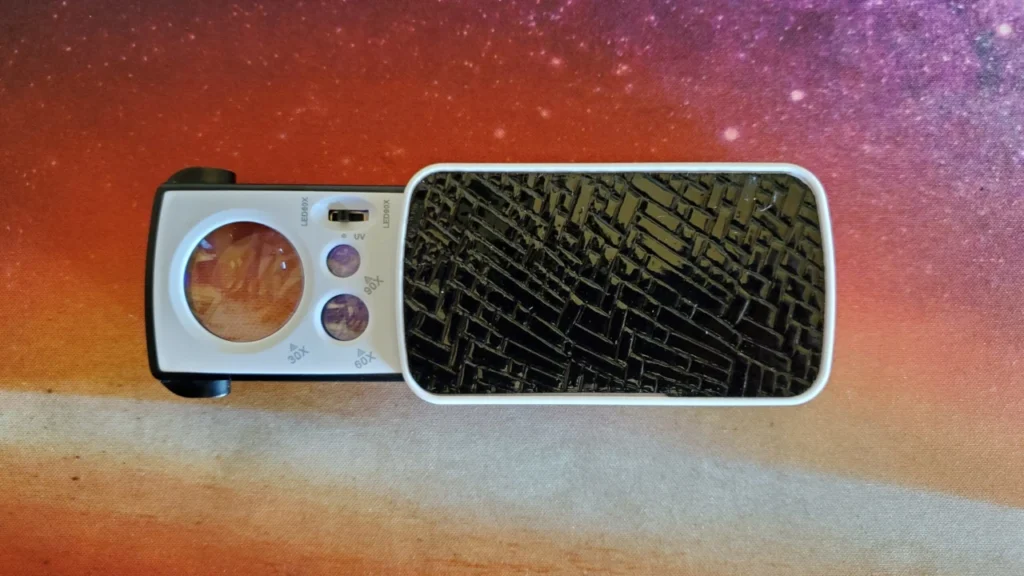
#7. Magnets 🧲
Magnets are used to detect the presence of ferromagnetism, the Lenz effect or diamagnetic/paramagnetic behavior. Thanks to their versatility, they allow fast and precise checks.
Recommended products:
- Cylindrical neodymium magnet 30×4 (25€, Amazon)
- Cylindrical neodymium magnet 12x12x12 (14€, Amazon)
- Cylindrical neodymium magnet 8×2 (9€, Amazon)
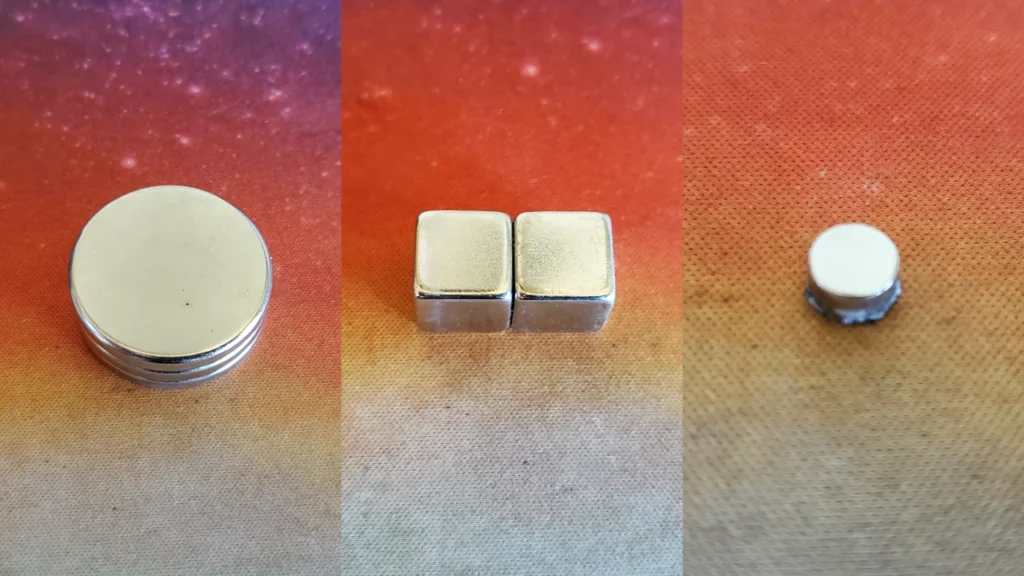
Magnet Holders
They are used to distance the magnets from the scale so as not to interfere with the detection of diamagnetism.

#8. Ultrasonic thickness tester 🔊
The ultrasonic thickness tester is used to verify the composition of an object, especially sand often more than a few millimeters. It uses ultrasonic waves to analyze the internal structure without damaging it. It is ideal for metals, plastics and other solid materials.
There are ultrasonic thickness testers on the market suitable for objects of:
- Small thickness, a few millimeters
- Great thickness, several centimeters
Personally, I recommend purchasing only the latter since, for coins and ingots, all the equipment described above is more than sufficient.
Recommended products:
- Ultrasonic thickness tester (180€, Amazon)



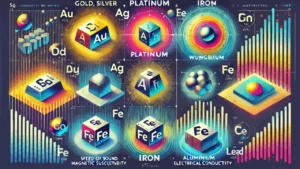
Lascia un commento